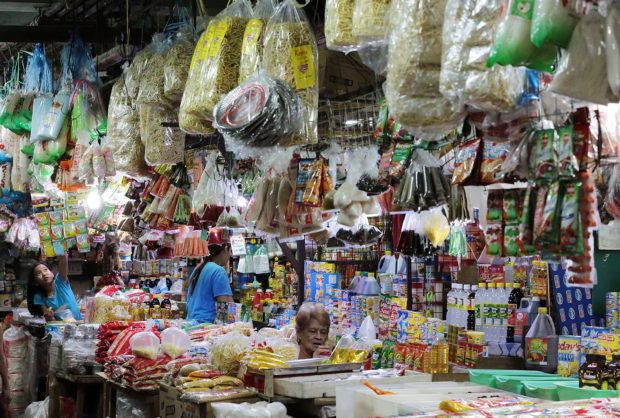Inflation slowed growth in factories’ sales in September
The growth in the value of factory output slowed in September to 10 percent compared to the same month a year ago, from 12 percent in August, as inflation or rising prices of basic goods and services dampened the manufacturing surge.
Preliminary data from the Philippine Statistics Authority (PSA) also show that yearly growth in net sales slowed down to 23 percent in September from 26.6 percent in August.
The PSA said 619 businesses took part in the Monthly Integrated Survey of Selected Industries in September.
In September, the most-improved among the 22 manufacturing industries in terms of output value was the non-electrical machinery and equipment, which grew by 86 percent.
On the other hand, the biggest loser was electrical equipment, contracting by 54 percent.
Meanwhile, the beverages sector was the biggest gainer in terms of the value of net sales, surging by 88 percent.
On the other hand, the furniture industry performed the worst with a 34-percent drop in the value of net sales.
In September, factories were operating at an average of 71.5 percent of capacity, a slight increase from 71.4 percent in August.
Of the 22 manufacturing industries, 20 posted capacity utilization rates of more than 60 percent.
The busiest were factories that make clothing (81 percent); furniture (80 percent); computer, electronic and optical products (80 percent).
Further, about two-fifths (39 percent) of establishments operated at 70 percent to 89 percent capacity, and another 39 percent operated below 70 percent capacity.
Increasing orders
In September, the S&P Global Philippine Manufacturing PMI (purchasing managers index) improved to 52.9, farther up the neutral “50” compared to 51.2 in August.
Maryam Baluch, an economist at S&P Global Market Intelligence, said companies noted that an increase in customer demand allowed production levels and factory orders to grow for the first time since June.
Baluch said that inflationary pressures, which have been “uncomfortably high” in the past couple of months, also moderated in the September survey period.
Inflation in the Philippines accelerated to 6.9 percent in September from 6.3 percent in August.
“Inflation rates remained sharp and could still be harmful to demand conditions, with firms citing rising material and energy prices, alongside an unfavorable exchange rate, which could place upward pressure on costs,” Baluch said.
“Moreover, widespread supply-chain issues continue to hamper production,” she added. “Overall, sustained growth across the sector has meant that firms are largely optimistic in regards to expansion in output in the future.” INQ

